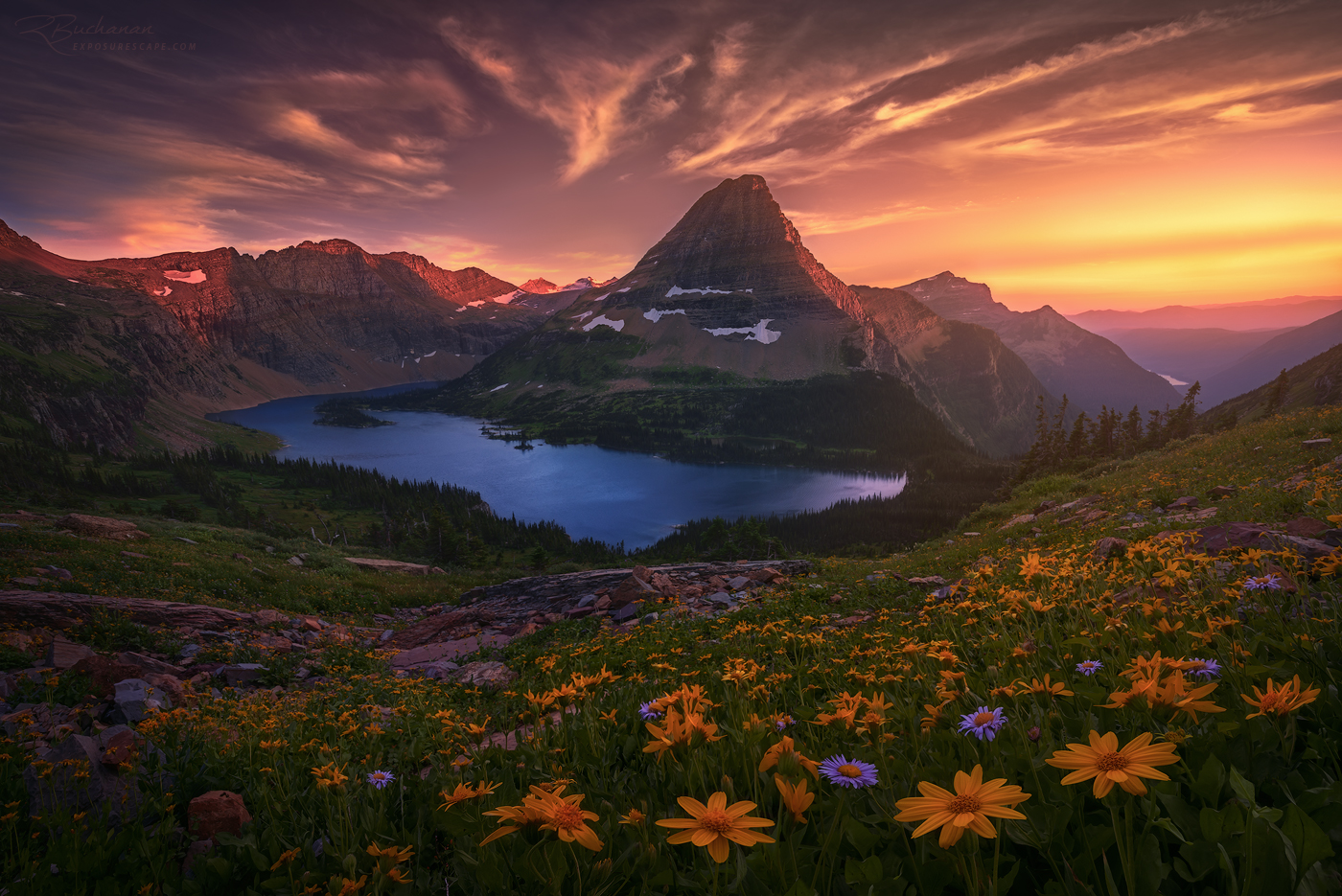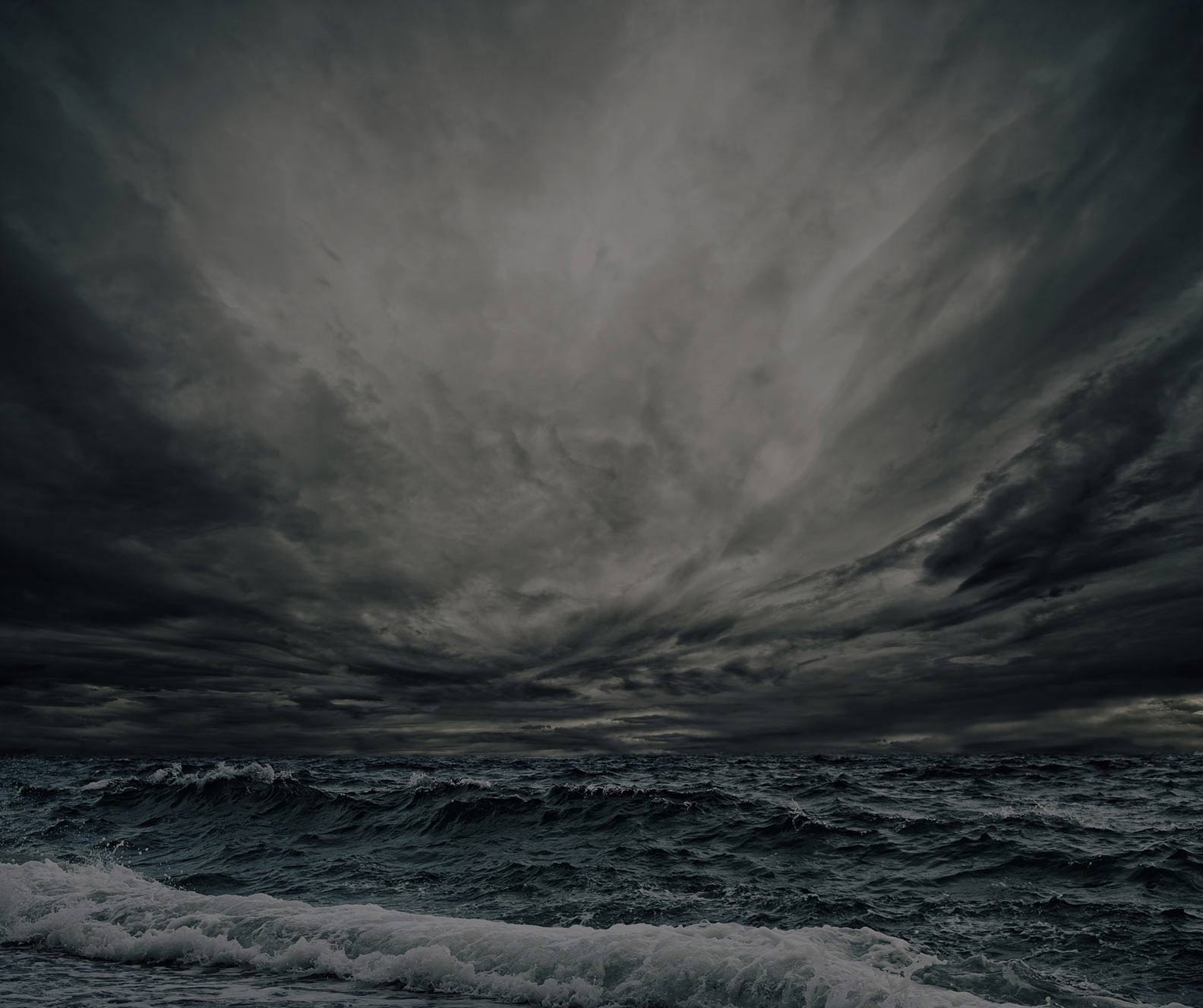Community Spotlight: Photography Is Like Painting With Light
Photography, explained by Ryan Buchanan (ryanbuchanan), is an art form – a way of painting with light. An art form with endless possibilities and where the creative freedom lets people interpret the same scene differently. Buchanan’s goal with his vivid and dramatic photos is not only to capture what he sees, but also show how he felt in that unique moment in time – and hopefully stir the same emotional response in the viewer. And that’s art. Art is something that makes you feel something; that produces a chemical reaction in your body called emotions.
Can you tell us about yourself and your background?
I’m currently based in Austin, Texas, and head up marketing for an in-house advertising agency that specializes in direct-response. My roots as a graphic designer and illustrator have allowed me to incorporate my creative side into my work life and eventually realize my true passion for photography. Now, I take every chance I can to get out and shoot landscapes. I wish photography could be my full-time gig, but I get out when I can. I’m a big traveler, nature and science lover, avid golfer, and more recently drone pilot and aerial photographer. I also just got married this past April and couldn’t be happier.
When did you first think about becoming a photographer?
When I started working with photography as a graphic designer, it allowed me to learn about concepts of lighting, composition and balance. I eventually started to shoot my own images for the advertising pieces I was creating and learned how to use a more advanced camera and various techniques. I’ve always loved travel and nature and dabbled in your typical “travel photography”, but it was a trip to Argentina in 2011 that got me forever hooked on landscape photography. I bought my first full-sensor Nikon D800 shortly after in 2012 and there was no turning back.
Where do you get your photographic inspiration from? Do you have any influencers?
Art has been my strong suit since I was young, whether it was drawing, painting or sculpting, I loved creating artwork. My grandmother, Alicia Buchanan, was a great painter and an inspiration to me from the beginning. I’ve always loved the outdoors. Masterful landscape paintings, landscape photography and even nature shows on TV have always captivated me, feeding my desire to travel and create my own work. More recently—now obsessed with landscape photography—studying the work of extremely talented professional photographers like Marc Adamus, Ryan Dyar, Ted Gore, and Chip Phillips, to name a few, has really been a huge driving force in not only the way I strive for better, more dynamic compositions, but also in developing my creative process.
What is your favorite subject to shoot?
Landscape photography is my focus, with my favorite subjects to shoot probably being water and clouds. Shooting these elements gives me that extra creative freedom to play with shutter speed for more dynamic results. I obviously love long exposures—maybe a little too much.
What is your favorite gear to shoot with?
My Nikon D800e is incredible to shoot with. The raw data it captures, especially with the shadow recovery, is unbelievable. My favorite lens is my wide angle 14-24mm Nikkor. I use this for most of my shots. I also love using neutral density filters for long exposures. Allows me to expand my creativity when I’m shooting.
When you go in one of your travels, what do you take with you? Why?
D800e (and backup camera just in case)
3 lenses (14-24mm, 24-70mm, 70-200mm)
Tripod/Ballhead
Multiple memory cards
ND Filters (4-stop, 8-stop, 10-stop)
Photo inspiration on my phone to get the creative juices flowing
Microfiber full size towel and KimTech Kimwipes to keep those lenses clean, especially when shooting in rough weather conditions or near water.
External hard drive
How do you educate yourself to take better pictures?
I’m always looking for inspiration from other photographers. I try to look at some of my favorite photography sites every day and really study what shots capture my eye, what works, what doesn’t, and why. Over the years I’ve tried and tested a lot of different methods for processing my photos. I’ve read ebooks, downloaded processing videos and immersed myself in Lightroom and Photoshop. One of the best ways—and one I wish I would’ve done a long time ago — is attending photography workshops. Experience – especially with a professional at your side – is the absolute best way to improve your photography.
What it is you want to say with your photographs?
There are few words that can convey the feeling of standing alone on a mountaintop or isolated on some remote beach waiting for all of the elements to converge. For me, landscape photography is the perfect escape, a creative challenge and an artistic expression. It allows me to fully appreciate the extraordinary beauty around us, interpret it in my own creative way, and share it with the world. My goal is to not only capture what I see, but also how I feel at a unique moment in time, and hopefully stir that same emotional response in the viewer. I hope my work shows that photography is an art form—it’s painting with light—and pressing the shutter button is just the beginning. You can take it as far as you want to.
How do you actually get your photographs to do that?
Determination, creative vision, luck – and it certainly helps to be a perfectionist. As a landscape photographer, I spend a lot of time researching – locations locations, conditions, images. In the field, it’s taking the time to look around for interesting elements and compositions that catch my eye. I tend to look through the lens often and from many different positions before deciding what I’m going to go for. I envision what I can create with my surroundings and what the end result will be. And, of course, we all hope for that perfect light and the sky to go off in an explosion of color.
When shooting, I make sure I capture every aspect of a scene correctly. Obviously the basics, shooting in RAW, using the correct f-stop for depth and shutter for freezing or creating motion. I almost always take multiple exposures to ensure I capture the full dynamic range of the scene – one for a bright sky and another for a darker foreground, for example. Sometimes I may stack focus my shots to ensure sharpness throughout. I always take multiple shots of things like waves or moving water – all without moving the camera setup – to capture different movement and patterns. Then, in post, I can mask in my favorite water movement exposure into the scene. Learning to blend multiple exposures, especially for greater dynamic range, has been one of the biggest improvements to my photography.
The real transformation and usually the most labor-intensive part begin in post. It is my favorite part though because it is where the artistic process begins. One thing I love about photography is the creative freedom and how differently people can interpret the same scene. Three people shooting at the same location can come up with three completely unique results, not only compositionally, but based on their own artistic vision. Capturing the RAW data is one thing, but the ability in post to paint with light and create various moods and emotions resulting in a unique work of art is what keeps me going.
I have ever-evolving processing methods from how I handle the RAW image, to the steps I take in Photoshop to balance the tones, lighting and color—even down to sharpening for web viewing. I use luminosity masks to make specific adjustments, Orton lighting effects and some Photoshop plugins. Because of the time I spend on each image, it’s easy to get lost in my processing world. I find it helpful to set an image aside for a few days and come back to it for fresh take. Many times I find myself asking, “What was I thinking here?” Doing this really helps me fine tune the image, but honestly, I never feel like the image is ever 100% finished. I have a ton of cringe-worthy processing jobs, and more and more pop up as time passes.
B&W or color, what do you prefer and why?
It really depends on the image at hand. Some images just lend themselves to black and white. Things I look at to determine which route I go are the importance color plays for the strength of the image, the dynamic contrast and detail in the image, and the overall mood I want in the scene. It all depends on what I feel has the greater impact as black and white images can often portray emotions better and work nicely with high contrast and detailed scenes. I personally gravitate towards color as my style definitely leans to the more vivid and dramatic and color helps me accomplish that.
For more beautiful photos from Buchanan, follow him here on ViewBug, and also make sure to visit his website, Instagram and Facebook.













